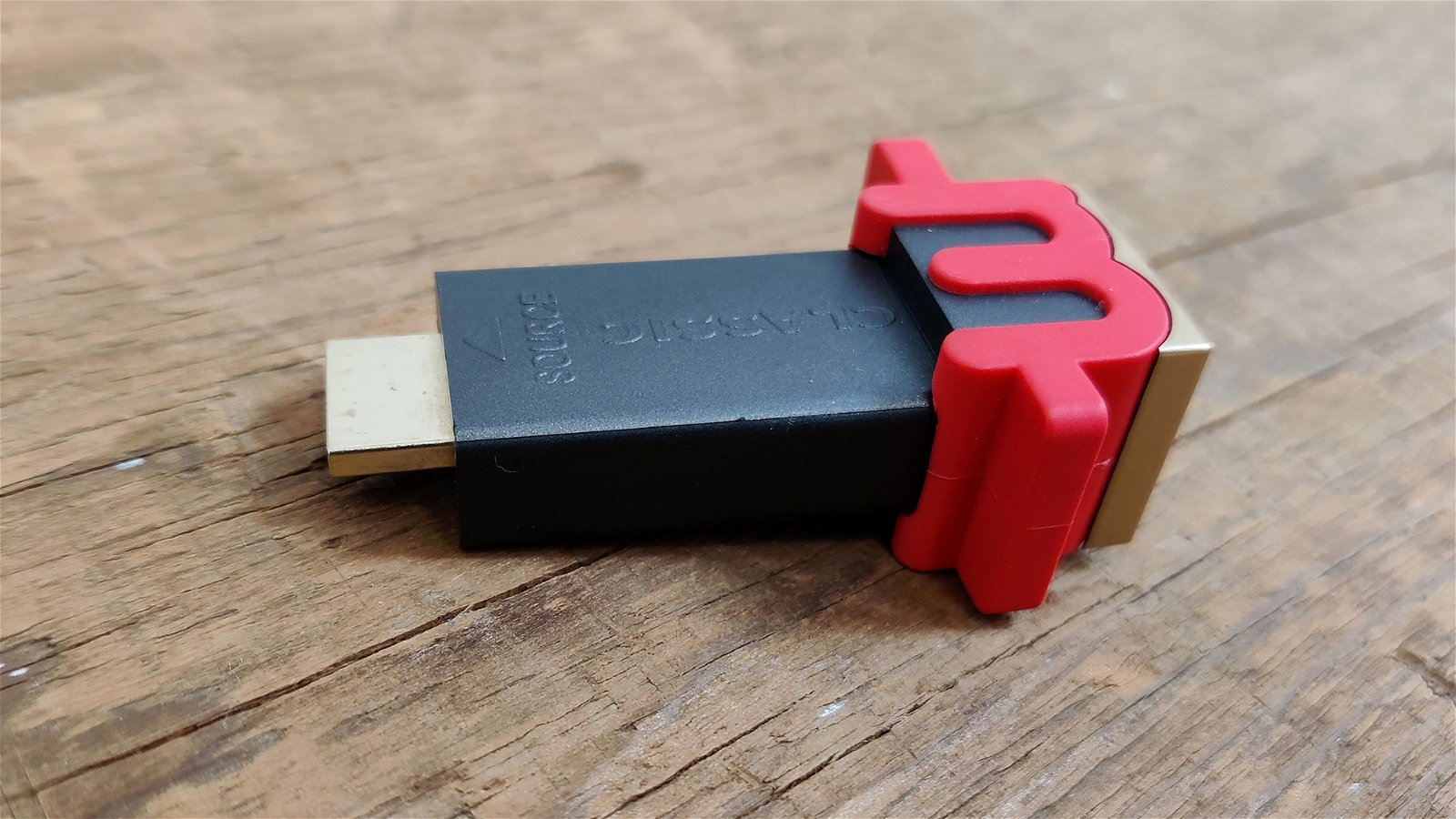When I first heard about the MClassic, I was more than a little skeptical. It was a simple HDMI dongle that promised improved graphics in classic and modern systems but gave little idea on how it all worked. It sounded like snake oil salesman, promising the moon while never delivering on any of its claims. But now that I have the MClassic in my hands, and have spent some quality time with it, I can confidently say that it actually delivers on most of the promise, even if it is less magical than originally pitched.
Starting as an Indigogo project, Marseille, the company behind the MClassic, asked for $50,000 but ended up securing $170,000 from around 2,000 people. Despite the countless fraud and scams littering the landscape of crowdfunding, the MClassic seems to be one of the cases where they did work to deliver the product that was promised. And while the little dongle won’t make an old console into a system rivalling a PS5, it does a great job of upscaling and cleaning up images that normally would look muddy on modern displays.
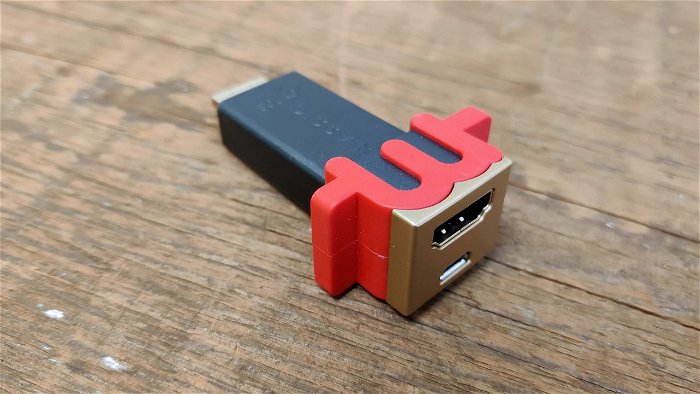
When you cut through the hype and marketing spin, the MClassic is basically a graphics processor. It takes the feed via HDMI and cleans it up using a mix of software and hardware to upscale the image to look better on 4K screens. It does not work the same way your PC GPU tackles visuals, and will not process any polygons, but works with the final image and does what it can to improve what is displayed. This does not work on all games, and instead works on a case by case basis.
The MClassic is a very simple device. It sits between the display and the media source, and once it is powered up, it allows you to choose the setting that best suits your needs from the toggle switch on the side and you are ready to go. There is no software to run or updates to install, the MClassic is very much a set it and forget it device.
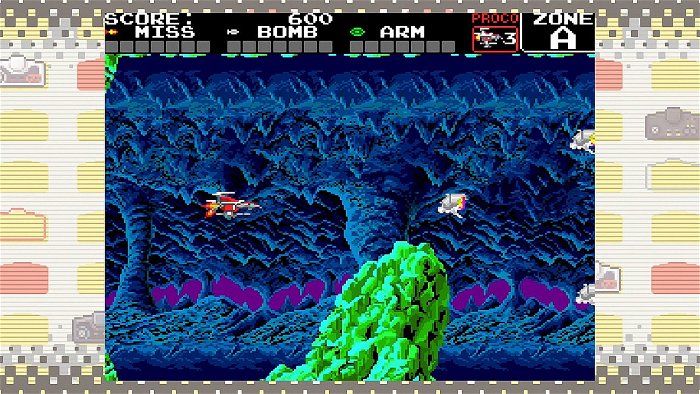
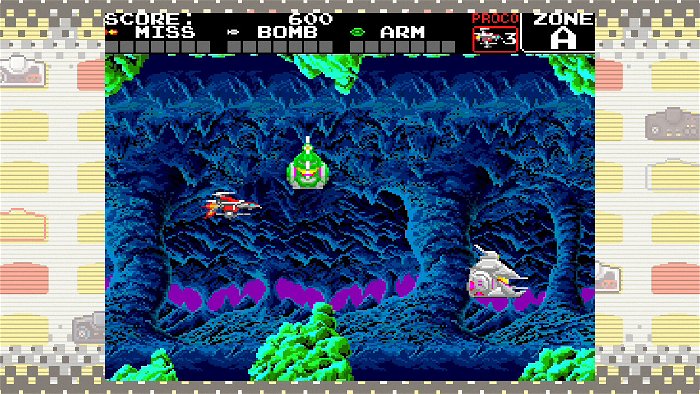
After putting the MClassic to the test, I found the results were mixed but promising. With a range of games on the Nintendo Switch, it gave a notable improvement to a large portion, and in the ones I saw no improvement in, it did not cause any negative effect. The MClassic managed to clean up jagged edges and overall muddy picture quality in games. It managed to take what the switch outputs and fitness it enough that your 4K or high-end 1080P TV deliver something worth playing.
Games like Fire Emblem: Three Fates, Mario, Animal Crossing, and even Friday the 13th showed a notable improvement in their visuals. While the Switch looks great in the dock, many of the games simply do not have the resources to compete with the PS4 or Xbox One, and this is where the MClassic shines.
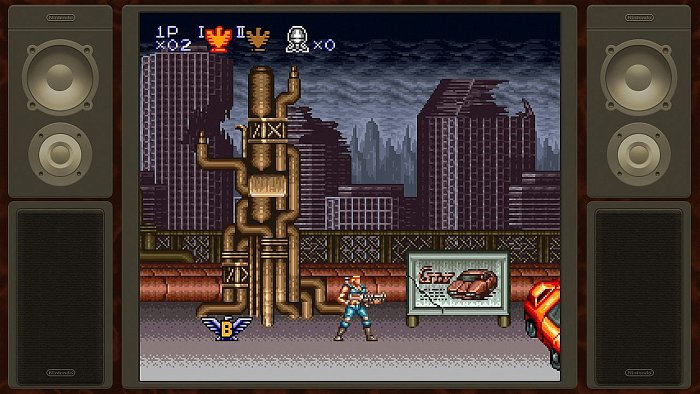

The MClassic is also useful for older systems and even older video formats. Because I am a ridiculous person and have laserdiscs laying around my home, I decided I would put the MClassic to the test with this older video format, and it worked. It cleaned up lines, and made the overall image feel a bit more clear. I would not go so far as to call it a night and day transformation, or a must-own for people watching old media, but should you have the MClassic and some old media and a way to connect it via HDMI, it is a great addition to the impressive set of uses for this little dongle.
Loading up Batman 1989, I immediately noticed the credits being noticeably cleaner. The overall noise on the image is reduced and the picture quality, in general, feels less messy. This was the same when I threw on The Seven Samurai, and the classic Jaws. Granted to take advantage of the MClassic, you will need a way to connect your classic system or media player to HDMI. There are plenty of options on the market, but it is good to take note of this before purchasing.
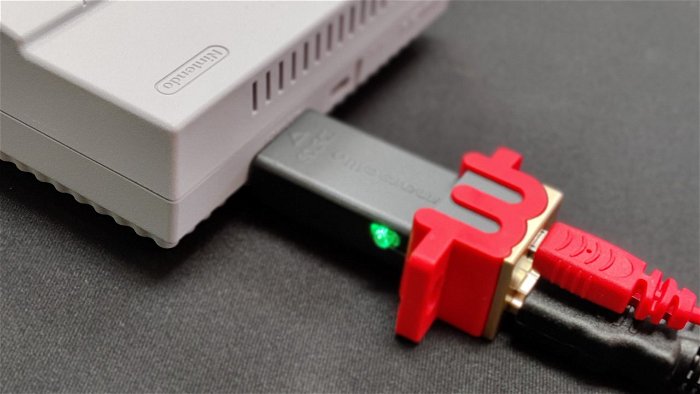
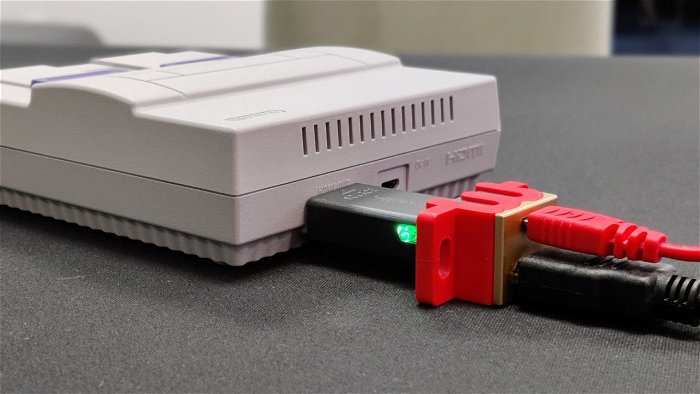
While the MClassic is not magic, it does produce some staggering results depending on the media being played. For the price and the ease of use, the MClassic makes a great addition to the toolbox of anyone with classic media or systems and is living in the modern 4K landscape. It is a fantastic little image processor and one that is dead simple to set up and use. While it won’t work for every game or movie you throw at it, but when it works, the results are noticeable and a welcome surprise.
